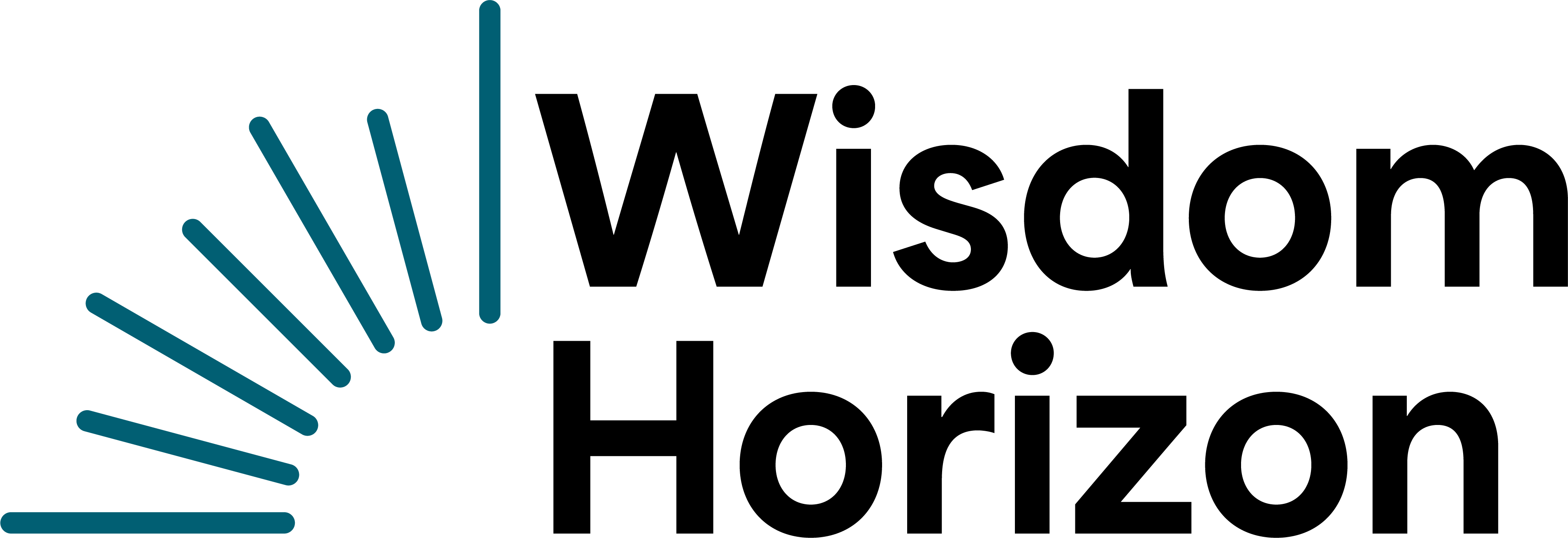Home Loan Options by Bedroom Count
When considering a home loan, one important factor is the number of bedrooms you need, as it influences both the type of property and the financing options available. For a 1-bedroom home, you might be looking at condominiums or smaller apartments, often appealing to first-time buyers or those downsizing. These properties generally have lower price points, which can result in lower down payments and more manageable monthly payments. Conventional loans, FHA loans, and even some local grants can be beneficial for these buyers.
As we move to 2 or 3-bedroom homes, the market opens up to small families or couples planning to expand. The financing options here often include fixed-rate mortgages, which provide stability with consistent payments over the loan term, or adjustable-rate mortgages that might offer lower initial rates. These choices allow buyers to select based on their financial stability and future plans.
For larger homes with 4 to 6 bedrooms, typically aimed at larger families or those seeking more space for home offices or guest rooms, jumbo loans may come into play. These loans are designed for properties that exceed the conventional loan limits set by federal agencies. While they require more stringent credit requirements and larger down payments, they enable the purchase of more substantial properties. Understanding these options helps align your bedroom needs with the right financial product, ensuring a comfortable and sustainable homeownership experience.
First Time Home Buyer Programs
First-time home buyers often face unique challenges, such as saving for a down payment and navigating the complexities of the mortgage process. Fortunately, there are several programs designed to assist these buyers, making homeownership more accessible and affordable. One such program is the FHA loan, which offers lower down payment requirements and more lenient credit score criteria. This can be particularly beneficial for buyers who have not yet built a significant credit history.
Another option is the USDA loan, which is aimed at buyers in rural and suburban areas. These loans offer zero down payment options, making them attractive for those who qualify. Additionally, some states and local governments provide grants and assistance programs that can cover down payments and closing costs, further easing the financial burden on first-time buyers.
These programs not only provide financial support but also offer educational resources to help buyers understand the home buying process. Workshops and counseling services are often available to guide new buyers through budgeting, understanding mortgage terms, and maintaining their new home. By taking advantage of these programs, first-time buyers can enter the housing market with confidence and security.
Mortgage Preapproval Process
Obtaining a mortgage preapproval is a crucial step in the home buying process, providing buyers with a clear understanding of their borrowing power. This process involves a thorough review of your financial situation by a lender, who will assess your credit score, income, debts, and assets. The goal is to determine the maximum loan amount you qualify for, which helps set realistic expectations when house hunting.
To start the preapproval process, you’ll need to gather essential documents such as pay stubs, tax returns, and bank statements. These documents provide the lender with a comprehensive view of your financial health. It’s important to note that a preapproval is not a guarantee of a loan, but it does demonstrate to sellers that you’re a serious buyer with the financial backing to make a purchase.
Once preapproved, you’ll receive a preapproval letter, which is a powerful negotiating tool when making an offer on a home. It shows sellers that you’re ready and able to close the deal, which can be a deciding factor in competitive markets. Additionally, having a preapproval can streamline the final mortgage approval process, as much of the groundwork has already been completed.
Understanding Fixed vs. Adjustable-Rate Mortgages
When choosing a mortgage, one of the key decisions is whether to opt for a fixed-rate or adjustable-rate mortgage (ARM). Each has its advantages and is suited to different financial situations and long-term plans. A fixed-rate mortgage offers the stability of a constant interest rate and monthly payment over the life of the loan, typically 15 or 30 years. This predictability makes budgeting easier and is ideal for buyers who plan to stay in their home for a long time.
In contrast, an ARM starts with a lower interest rate that adjusts periodically based on market conditions. This can lead to lower initial payments, making it attractive for buyers who expect to move or refinance before the rate adjusts. However, the risk is that payments could increase significantly if interest rates rise.
When deciding between these options, consider your financial stability, plans for the future, and risk tolerance. A fixed-rate mortgage may offer peace of mind with stable payments, while an ARM could provide short-term savings with the potential for future rate increases. Understanding these differences helps you choose the mortgage that aligns with your financial goals and lifestyle.
Conclusion: Navigating Your Home Financing Journey
Embarking on the journey of homeownership is both exciting and daunting, but understanding your financing options can make the process smoother and more manageable. Whether you’re a first-time buyer exploring available programs or considering the bedroom count that suits your needs, being informed is key. The preapproval process and understanding different mortgage types further empower you to make decisions that align with your financial situation and long-term goals.
By taking the time to research and understand your options, you can confidently navigate the home buying process and find a home that fits your lifestyle and budget. Remember, each step you take brings you closer to achieving the dream of homeownership, and with the right preparation, that dream is well within reach.








